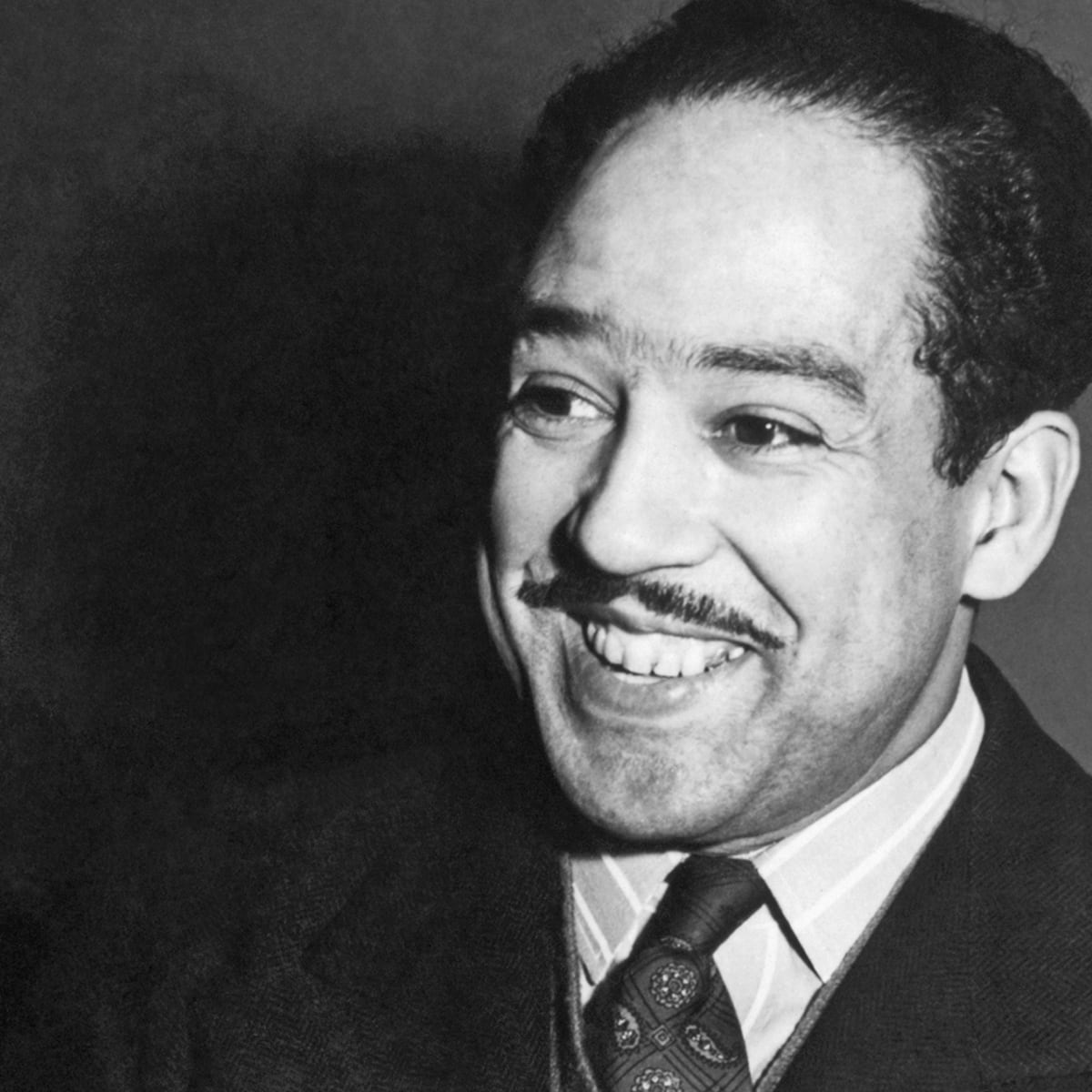Have you dug the spill
Of Sugar Hill?
Cast your gims
On this sepia thrill:
Brown sugar lassie,
Caramel treat,
Honey-gold baby
Sweet enough to eat.
Peach-skinned girlie,
Coffee and cream,
Chocolate darling
Out of a dream.
Walnut tinted
Or cocoa brown,
Pomegranate-lipped
Pride of the town.
Rich cream-colored
To plum-tinted black,
Feminine sweetness
In Harlem’s no lack.
Glow of the quince
To blush of the rose.
Persimmon bronze
To cinnamon toes.
Blackberry cordial,
Virginia Dare wine—
All those sweet colors
Flavor Harlem of mine!
Walnut or cocoa,
Let me repeat:
Caramel, brown sugar,
A chocolate treat.
Molasses taffy,
Coffee and cream,
Licorice, clove, cinnamon
To a honey-brown dream.
Ginger, wine-gold,
Persimmon, blackberry,
All through the spectrum
Harlem girls vary—
So if you want to know beauty’s
Rainbow-sweet thrill,
Stroll down luscious,
Delicious, fine Sugar Hill.
Published:
1921
Length:
Regular
Literary Movements:
Harlem Renaissance
Anthology Years:
2021
Themes:
Poems of Place
Literary Devices:
Asyndeton
the absence of a conjunction (for, and, nor, but, or, yet, so…) between phrases and within a sentence
Rhyme
correspondence of sound between words or the endings of words, especially when these are used at the ends of lines of poetry

